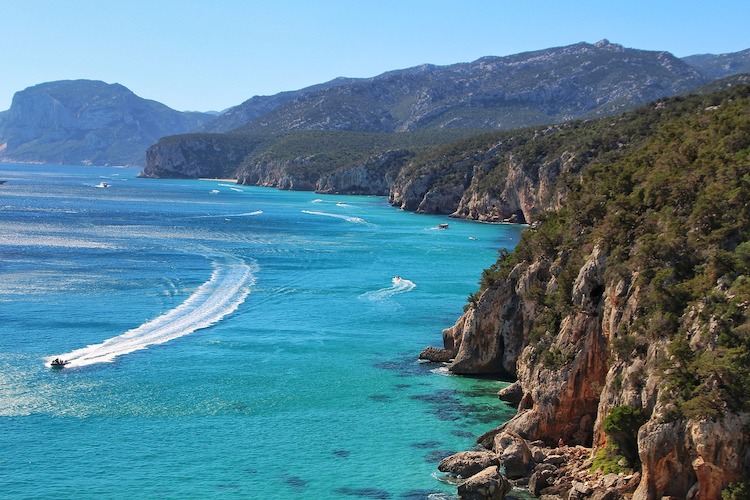Geologically Sardinia 0 Comments

Today I would like to make an interesting geological excursus, Sardinia's particular charm is also geologically present. While the entire Italian peninsula is on the line of contact between the African plate and the Eurasian plate, Sardinia appears to be excluded.
We have to go far back in the millennia. As Andrea Moccia, expert geologist explains, Sardinia is not "geologically Italian". The Sardinian-Corsican block, up to 30-35 million years ago (we are in the Paleogene) was joint to the Eastern European Iberian block, that is, between Spain and France. The rocks of Sardinia have formed over five hundred and seventy million years ago, in the Palaeozoic. And the exact same type of rocks can be located in Spain and France, with the same specific characteristics, a sort of DNA. The rocks have the same origin and have had the same tectonic evolution as those of the Iberian Peninsula.
The Sardinian-Corsican block and the Iberian Peninsula have the same separation scar, the first signs of which date back to around 30-35 million years ago. For tectonic reasons - Africa pushing against the Eurasian continent - a volcanic arc has been created at the division between the Iberian Peninsula and the Sardinian-Corsican block. The volcanic lava material accumulated on both edges and became rock, rocks that we find today both on the Iberian continent and on the Sardinian-Corsican one. If the two blocks had already been distant, the same volcanic lava material would not have been able to deposit both in the Iberian territory and in the Sardinian-Corsican block. When the division became a fact, Sardinia and Corsica, still united with each other, began to move away from the continent for a series of tectonic efforts, with a rotation, as reported by the paleonto-magnetic data, reaching about 45 degrees. But the bulk of the movement took place between 20.5 and 18 million years. Since then, Sardinia and Corsica have remained where we see them, in the centre of the Mediterranean Sea.
Although today in Sardinia they are still firmly convinced that they are living in an anti-seismic, earthquake-proof and therefore a very safe land, low-intensity seismic events can instead occur, like those affecting any area of our planet. Every corner of the globe is telluric, there are no areas seismic-free. However, there are areas with a geological history characterized by long intervals between one seismic event and another. And Sardinia is a long interval area.
So, when we hear that "An earthquake in Sardinia is not possible because the island sits on granite" ... let's think about it because history tells us something a little different.
“The earth, the very emblem of solidity, has moved beneath our feet like a thin crust over a fluid” (Charles Darwin)
--
Written by Daniela Toti
Share your opinion with us!